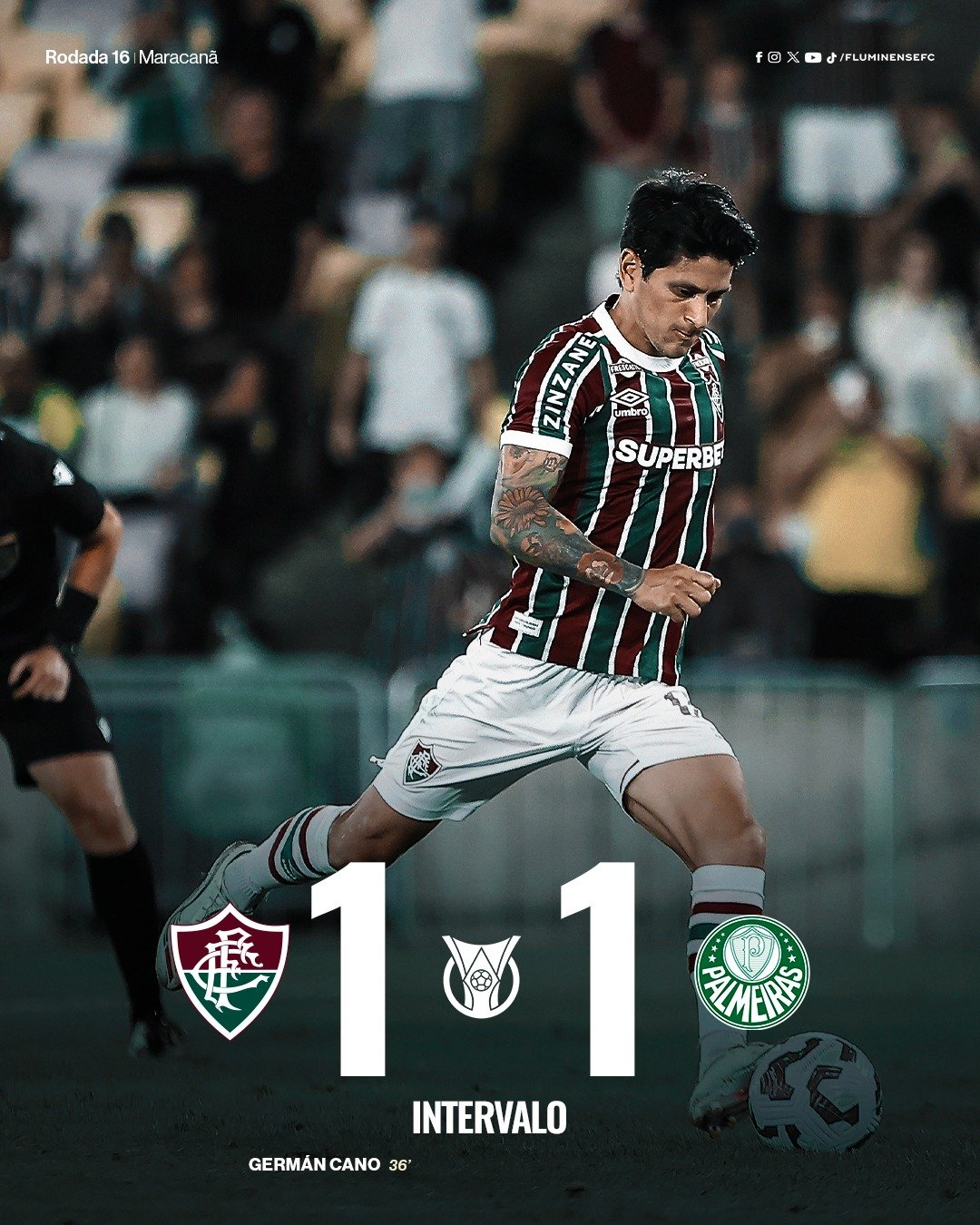Brazil’s Serie A often delivers intrigue, and the recent encounter between Fluminense and Palmeiras has captured global attention—including among UK football fans, who appreciate the drama of South America’s top leagues. Both clubs have storied histories and passionate followings, making any meeting between them more than just a routine league fixture. This season, the stakes were especially high as both teams fought for positions that edge them closer to Copa Libertadores qualification, the continent’s most prestigious club prize.
Brazilian Football’s Global Pull
While the Premier League remains the heartbeat of UK football fandom, the Brazilian Serie A holds a certain mystique. Players like Thiago Silva, who spent crucial years at Fluminense before moving to Chelsea, have deepened this connection for UK fans. The technical quality, vibrant atmospheres, and the spectacle of fixtures in marvellous stadiums such as the Maracanã continue to appeal to British football watchers interested in the global game.
Setting the Scene: Maracanã, Rio de Janeiro
The match unfolded at the legendary Maracanã, a ground that resonates with football purists. With a history of hosting World Cup finals and iconic continental clashes, it is among the world’s great cathedrals of football. Hosting upwards of 75,000 fans, the atmosphere alone set the stage for a captivating contest.
Heading into this Round 16 fixture, Fluminense sat seventh in the league with 20 points, while Palmeiras were fifth on 23 points. With a tight league table, both sides had ambitions not only to climb but to stake a claim for continental football next season.
Form Guide: Contrasting Stories
Recent form favoured Palmeiras. Despite a congested schedule following the Club World Cup, the visitors arrived in Rio unbeaten in four of their last five league outings. A dramatic 3-2 win over Atlético Mineiro and a resilient draw at Mirassol showcased their robustness on the road. Their consistency in scoring—averaging 1.6 goals per game in recent weeks—signalled attacking threat.
Fluminense, on the other hand, struggled for momentum. Consecutive defeats, including a 1-0 loss to Flamengo, dented confidence. Their home form, traditionally impressive, could not hide their scoring woes, with just one goal in their last three league appearances before facing Palmeiras. The pressure was on to deliver in front of expectant home support.
Head-to-Head: A Tight Rivalry
History shows a closely-contested rivalry. In the last five meetings, Fluminense enjoyed a marginal edge, winning three times to Palmeiras’ solitary win, with one draw between them. Over a wider time frame, Palmeiras have won more, but the most recent head-to-heads have proved unpredictable and fiercely competitive.

The Match Unfolds
The match did not disappoint. Fluminense started energetically, and the first half saw them push high and press with purpose. Their persistence was rewarded in the 36th minute when Germán Cano converted a penalty, sending the Maracanã faithful into raptures.
Yet, football’s narrative often hinges on moments of brilliance and error. On the stroke of half-time, Palmeiras midfielder Mauricio capitalised on a defensive lapse, levelling the score in stoppage time. The home crowd’s jubilation was quickly replaced with anxiety as the sides trudged into the break locked at 1-1.
In the second half, Palmeiras’ tactical nous and attacking quality shone. Vitor Roque’s clinical finish in the 62nd minute handed the visitors a crucial lead. Fluminense pressed in the closing stages but were unable to breach Palmeiras’ disciplined defence, and the match finished 2-1 to the away side.
Key Performers and Tactical Insights
Germán Cano’s reliability from the spot once again proved central to Fluminense’s approach, but their struggles to create significant chances open play hindered their chances. For Palmeiras, Mauricio and Vitor Roque stood out, translating pressure into decisive moments.
Tactically, both sides employed a 4-2-3-1 formation. Palmeiras’ ability to transition quickly from defence to attack, especially down the flanks, created problems for Fluminense’s full-backs repeatedly. Meanwhile, Fluminense’s reliance on possession rarely translated into clear opportunities after their opening goal, highlighting the need for greater ingenuity in the final third.
The Broader Implications
This result has immediate ramifications for the Serie A table. With Palmeiras overtaking Fluminense, the race for Copa Libertadores qualification remains open—and increasingly fierce. Palmeiras’ latest victory underscores their pedigree as championship contenders, while Fluminense faces growing pressure to rediscover form if they are to remain relevant in the top half.
Notably, UK fans with a soft spot for Brazilian football will have recognized familiar faces and emerging talents during the match. Thiago Silva, now back at Fluminense after his successful stint with Chelsea, continues to lead by example even as his side falters. Younger players such as Vitor Roque and Mauricio are being touted as the next potential exports to Europe, suggesting that fixtures like these may well serve as auditions for future moves to the Premier League or other top leagues.
Expert Insights and Predictions
Analysts had pinned Palmeiras as slight favourites going into the clash, citing their superior away record and recent scoring form. The odds reflected a close contest but leaned towards an away win, with under 2.5 goals the preferred prediction based on recent low-scoring encounters between these teams. The match unfolded according to script: tight, competitive, and decided by slim margins.
What Next for Both Sides?
For Fluminense, introspection is in order. Their lack of attacking output and defensive fragility in key moments threatens to undo much of their early-season promise. With a tough run of fixtures ahead, swift improvement is required. For Palmeiras, confidence is growing. Their mix of experience and youthful vigour bodes well as they look to mount a sustained title and Copa Libertadores challenge.
Conclusion:
The recent clash between Fluminense and Palmeiras was a showcase of top-level South American football, drawing keen interest from UK fans. Palmeiras’ victory highlighted their title credentials, while Fluminense were left searching for answers. With rising talents and tactical intrigue on full display, fixtures like this underline why Brazilian football continues to captivate audiences far beyond its borders—including the ever-growing football community in the UK.
Read More: Candace Owens: Controversial Voice Dominating UK Headlines
